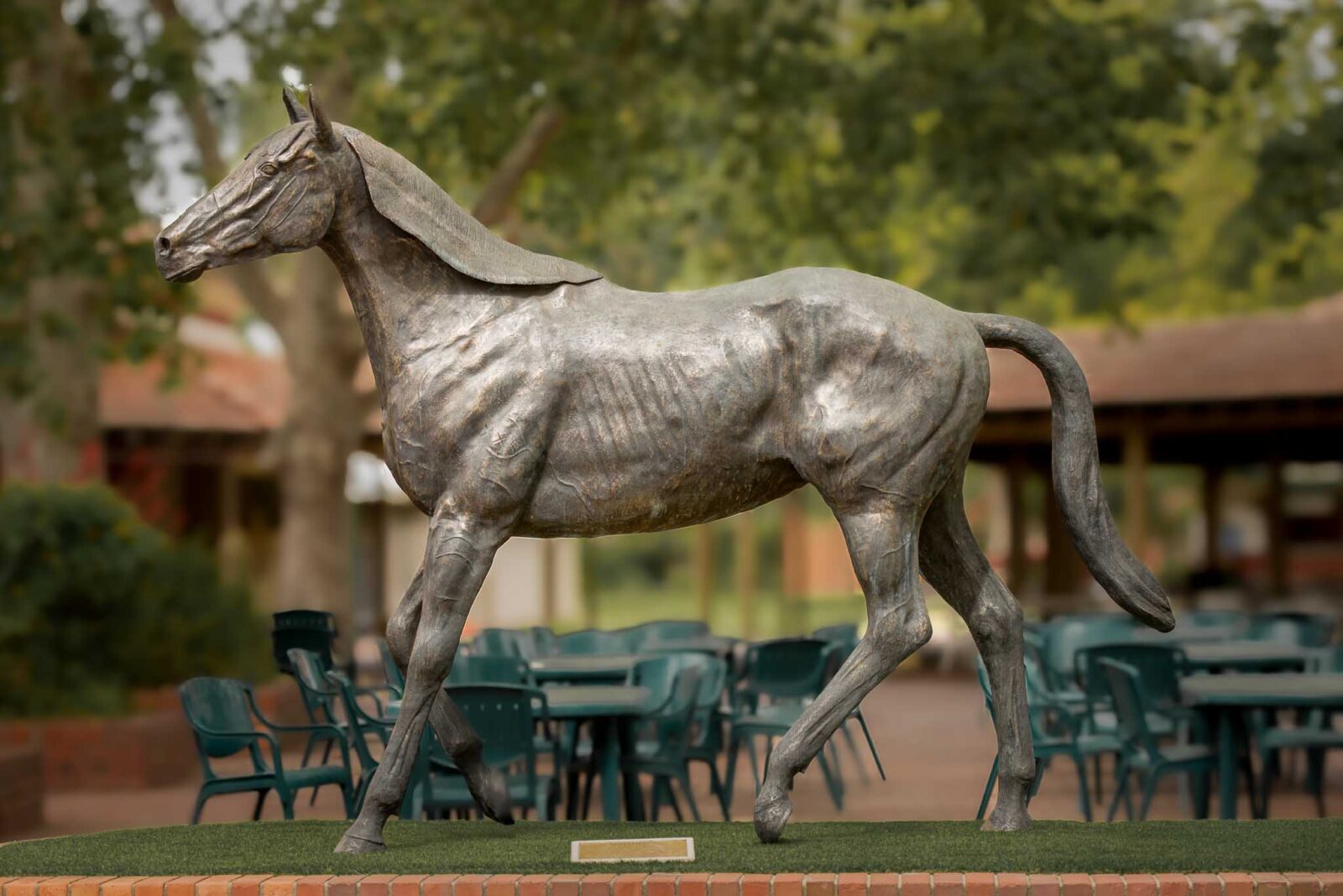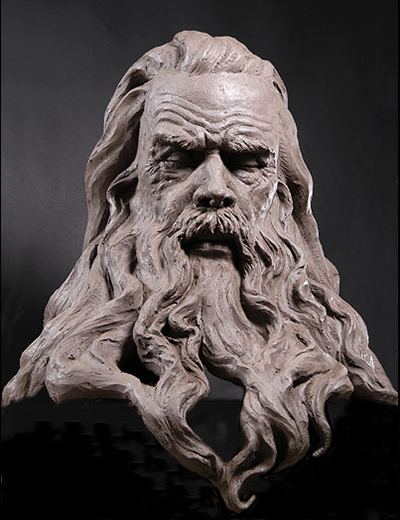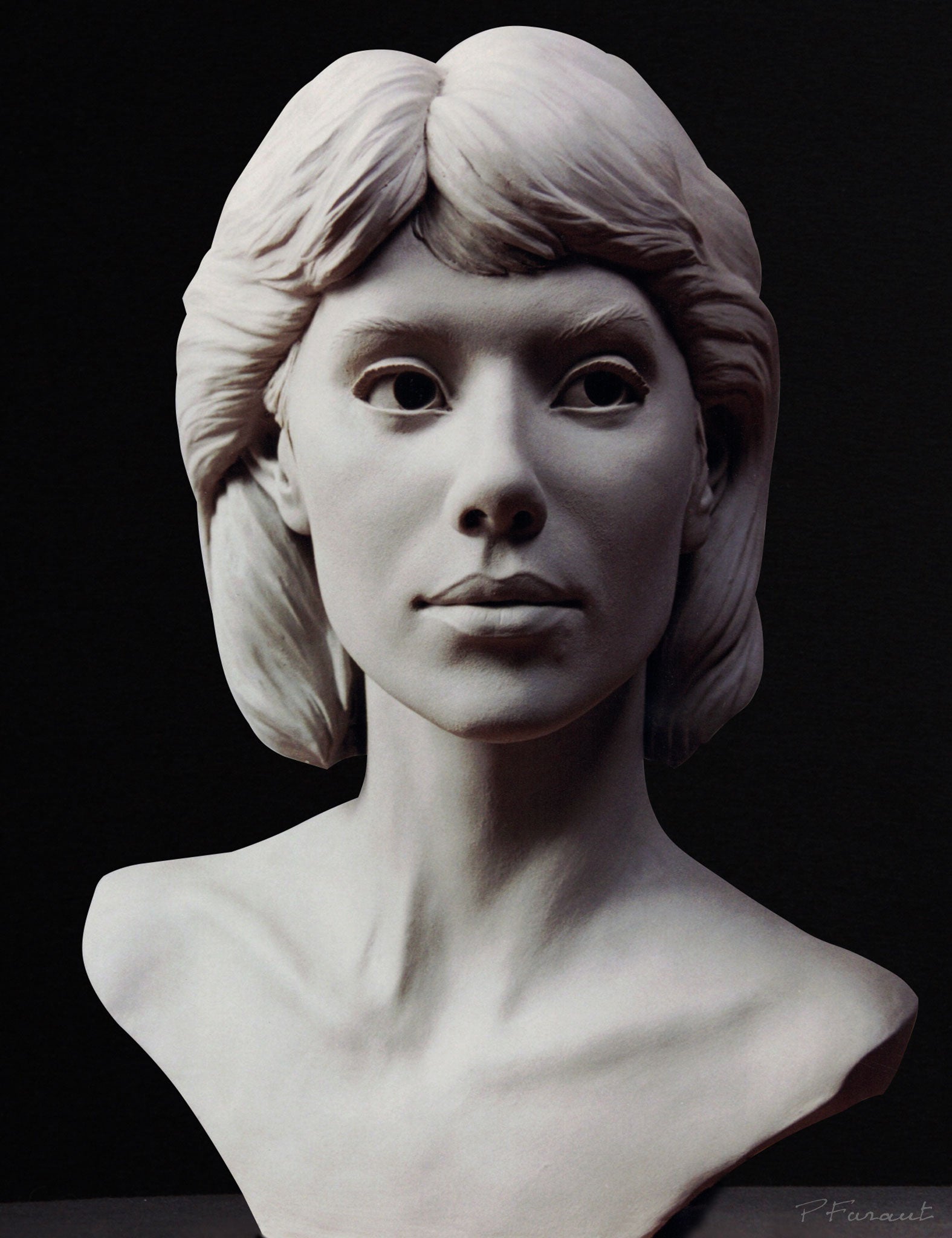Contemporary Marvels: Study the World of Contemporary Sculptures
The Advancement of Sculptures: From Ancient to Modern
The Advancement of Sculptures: From Old to Modern.
Sculpture, one of the earliest kinds of art, has actually been an integral part of human people for centuries (Portrait Sculptor). From the ancient human beings of Egypt and Greece to the modern-day period, sculptures have actually progressed, mirroring adjustments in imaginative methods, products, and cultural influences. This trip via time traces the growth of sculptures, discovering the shifts in style, subject issue, and artistic expression
Starting with the old world, sculptures crafted from rock and later on bronze caught the significance of divine beings, leaders, and day-to-day life. The Renaissance duration experienced a rebirth of timeless sculpting techniques, as musicians looked for to replicate the elegant kinds of old Greek and Roman sculptures. In the contemporary era, musicians challenged conventional boundaries, welcoming abstraction and trial and error with brand-new materials.

This expedition will delve right into the diverse development of sculptures, revealing the abundant tapestry of creative expression across various periods and societies.
Old Sculptures: From Stone to Bronze
Ancient sculptures transitioned from being sculpted out of rock to being cast in bronze. Rock sculptures, while outstanding in their own right, were limited by the nature of the product.
The introduction of bronze as a medium for sculptures produced a revolution in creative expression. Bronze offered carvers the chance to produce intricate and realistic types that were not feasible with stone. The procedure of casting bronze allowed for the development of several duplicates of a sculpture, enabling bigger distribution and preservation of these creative work of arts.
The change from rock to bronze additionally saw a shift in the subject matter of sculptures. While stone sculptures primarily shown gods, goddesses, and mythological figures, bronze sculptures began to show a wider variety of subjects, including everyday people and animals. This expansion of topic showcased the versatility and adaptability of the bronze medium.
Renaissance Resurgence: Shaping in the Timeless Design
The Renaissance rebirth of sculpture saw a resurgence in the classical style, building upon the improvements made during the change from rock to bronze in old sculptures. Throughout this duration, musicians looked for to recreate the classical aesthetic and ideals of beauty that were prevalent in ancient Greek and Roman sculptures.
One of the essential qualities of the Renaissance revival was the emphasis on naturalism and the human type. Sculptors like Donatello and Michelangelo strove to record the physiological details and expressions of their subjects with unprecedented accuracy. They examined the human body and incorporated their monitorings right into their sculptures, leading to lifelike and realistic representations.
One more essential facet of the Renaissance resurgence was the exploration of point of view and deepness. Musicians utilized techniques such as contrapposto, where the weight of the body is changed to one side, developing a sense of movement and dynamism. They additionally explore various materials, including marble and bronze, to achieve a degree of class and intricacy in their sculptures.
The timeless style of the Renaissance rebirth had a profound impact on later periods of art, functioning as a foundation for the advancement of Western sculpture. It brought a restored appreciation for the elegance and splendour of the human kind, and its legacy can still be seen in modern sculptures today.
Innovation and the Avant-Garde: Breaking Typical Boundaries

One of the essential attributes of modernist sculpture was the focus on abstraction. Carvers moved away from practical representations and rather concentrated on recording the essence of the topic via simplified forms and geometric forms. This separation from typical depiction enabled artists to express their feelings and ideas in a much more subjective and individual manner.
Additionally, the progressive motion tested social standards and conventions, urging musicians to experiment and press the limits of their art - Portrait Sculptor. Sculptors started integrating unusual products such as discovered objects, commercial materials, and also natural environments right into their work. This expedition of brand-new materials and strategies not only broadened the opportunities for sculpture but also tested the traditional concepts of what might be thought about art
Contemporary Sculptures: Exploring New Materials and Concepts
With a focus on discovering new materials and principles, contemporary sculptures have revolutionized the field of art. Artists today are pushing the limits of traditional sculpture by trying out and utilizing innovative products with abstract principles. These sculptures test conventional notions of materiality, form, and significance, welcoming visitors to take part in a new and thought-provoking imaginative experience.
Contemporary artists are embracing a vast array of products, consisting of plastic, glass, steel, and also raw material. Equine Sculptures. They are not restricted to the typical medium of stone or clay, allowing for better civil liberty and experimentation. This change towards unusual materials has actually opened up new possibilities for musicians to produce sculptures that are vibrant, interactive, and visually striking
Along with checking out brand-new products, modern sculptures additionally look into complex and abstract ideas. Musicians are currently exploring themes such as identity, social concerns, and the setting, making use of sculpture as a powerful medium for social commentary and self-contemplation. These sculptures test audiences to believe critically and involve with art on a deeper degree, sparking discussions and provoking psychological reactions.
Worldwide Influences: Sculptural Practices From Worldwide

In old Egypt, sculptures were created mainly for funerary and religious functions. The renowned sculptures of pharaohs and gods, such as the Great Sphinx and the breast of Queen Nefertiti, display the Egyptians' proficiency of rock sculpting and their belief in the afterlife.
In old Greece, sculpture reached its optimal during the classic period. Influenced by the suitables of proportion, appeal, and consistency, Greek sculptures stressed the human type and celebrated the accomplishments of heroes, athletes, and gods. The popular sculptures of Aphrodite of Knidos and the Discobolus exemplify the Greeks' search of excellence in sculptural art.
In old Rome, sculpture served both imaginative and political functions. Portrait Sculptor. Roman sculptures typically illustrated emperors, generals, and mythological figures, showing the power and majesty of the realm. The marble statuary of Augustus of Prima Porta and the huge Arc of Constantine are significant instances of Roman sculptural achievements
Asian sculptural customs, especially in India, China, and Japan, have additionally had a profound influence on the evolution of sculptures. Japanese sculptures, influenced by Buddhism, stress simplicity and tranquility, seen in the tranquil statuaries of Buddha and the sophisticated art of bonsai.
The worldwide impacts on sculpture continue to progress in the modern era. Artists today attract ideas from various sculptural traditions, integrating brand-new products, techniques, and concepts to produce provocative and cutting-edge art work. The fusion of different cultural influences has provided surge to a dynamic and diverse sculptural landscape, reflecting the interconnectedness of our worldwide culture. As we aim to the future, it is certain that the global influences on sculpture will proceed to form and redefine this old art kind.
Conclusion
In conclusion, the evolution of sculptures has seen a change from old stone and bronze works to the timeless rebirth during the Renaissance. Today, modern sculptures explore new materials and ideas, while also drawing inspiration Continued from international sculptural practices - Robert C Hitchcock Sculptor.
From the ancient civilizations of Egypt and Greece to the contemporary age, sculptures have actually evolved, reflecting modifications in creative techniques, materials, and cultural impacts.Beginning with the ancient world, sculptures crafted from stone and later on bronze recorded the significance of deities, rulers, and everyday life.Ancient sculptures transitioned from being sculpted out of stone to being cast in bronze. While stone sculptures primarily illustrated gods, sirens, and mythical numbers, bronze sculptures started to show a more comprehensive range of subjects, including daily people and animals.In conclusion, the evolution of sculptures has seen a shift from ancient stone and bronze works to the classic rebirth throughout the Renaissance.